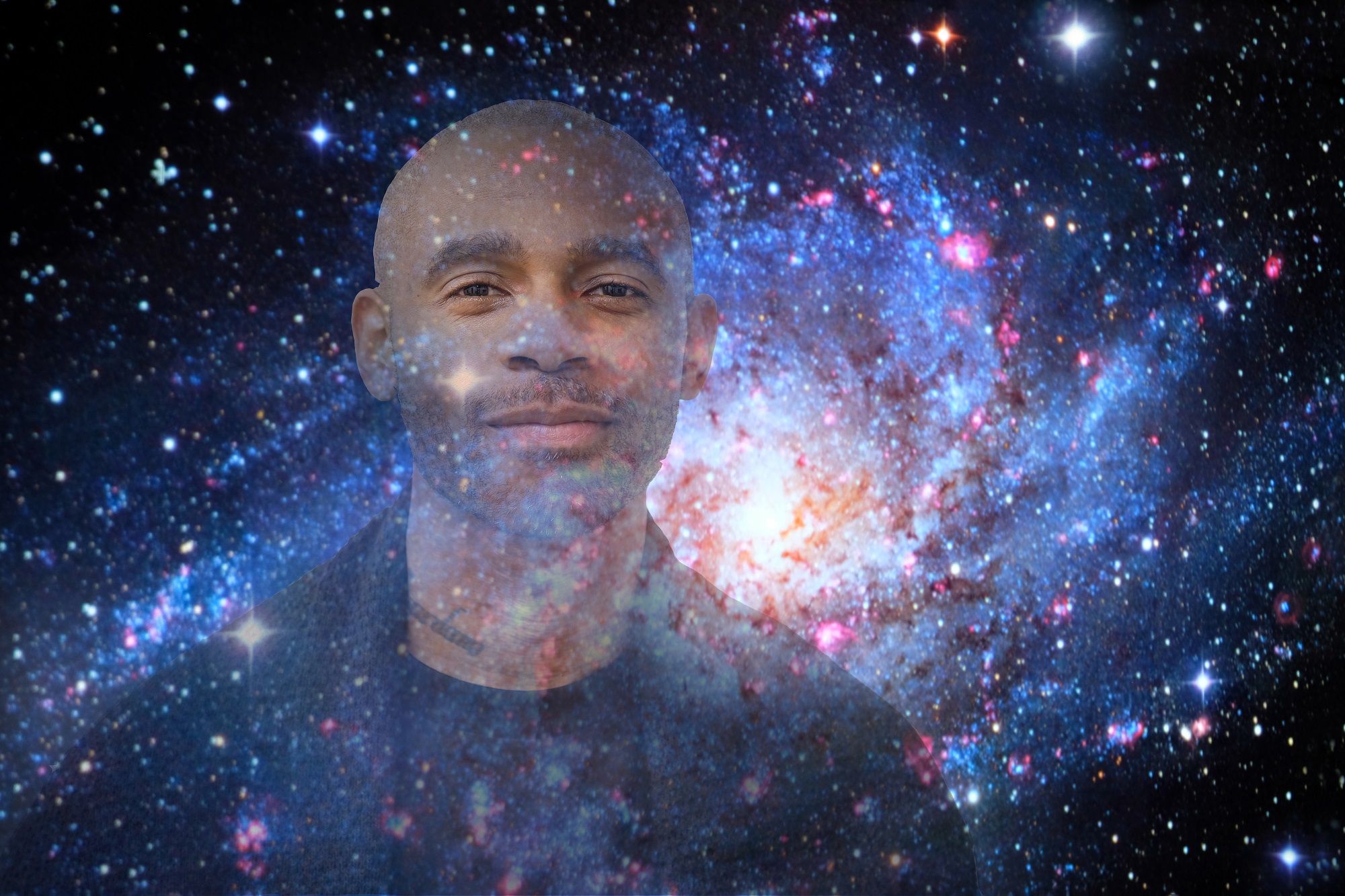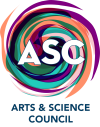Finding Identity Between the Past & Future - Jason Woodberry, ASC Creative Renewal Fellowship Recipient

By michael solender
One small question from a friend of a friend launched Jason Woodberry on a quest to explore his roots and reexamine the concept of identity and how individual narratives are shaped.
“I was visiting Paris with a friend in 2013,” said Woodberry, an ASC Creative Renewal Fellowship recipient. “And his friend asked me where I was from, meaning, where are my people from, where did I come from, ancestrally? It was the first time I’d ever been asked the question and that I didn’t have an answer really bothered me.”
Woodberry’s done considerable genealogical research since then. He’s captivated with interlocking issues surrounding identity and how it’s influenced by where we come from, who tells our stories and how our future is defined. Woodberry’s fascination with his own genealogy, ancestral history and sense of identity has been a muse in his artistic pursuits as a mixed-media creator.
While in residence at McColl Center in 2016, Woodberry learned about Henrietta Lacks, a Black American woman whose cancer cells are the source of the HeLa cell line – the first and arguably the most important cell line in medical research.
“I was intrigued by her story because it’s the closest thing to science fiction I could imagine,” Woodberry said.
He looked to the appropriation of Lacks genetic matter as source material to create a platform for discussion on his belief that aesthetic ideas, culture and identity spring from language and the ways we are defined by others.
“In my research I came to realize that African Americans don’t have a singular native language like many other cultures,” he said.
Inspired by Lacks, and with the permission of the family foundation that bears her name, Woodberry created a graphic representation of a language associated with DNA, and “LHAXX” was born. Large, mural-sized art works such as the piece “Nothing,” depicting geometric repeating block patterns were commissioned and shown at the University of North Carolina’s Ackland Art Museum in Chapel Hill. The work was part of the Afrofuturism collaborative “Intergalactic Soul,” fashioned with multi-disciplinary Charlotte artists Marcus Kiser and Quentin Talley.
With more than 50 works, “Intergalactic Soul” is a multimedia exhibition featuring 2-D digital illustrations, mural paintings, 3-D printed sculptures and augmented reality. The work presents two young black astronauts managing social, cultural and racial challenges as they travel through space sometime in the not-so-distant-future.
Audiences have reveled in the works, seen at the Harvey B. Gantt Center for African American Arts + Culture, Art Basel Miami and University of North Carolina System galleries in Asheville and Wilmington.
Many in Charlotte may recognize Woodberry and Kiser’s collaboration from the uptown Black Lives Matter Street mural in 2020. The pair painted the ‘S’ emblazed in red with the image of a child in black and white.
Woodberry has come to learn both the past and the future have a hand in defining how people perceive and react to his identity, the identities of others, and even how he sees himself. His thoughts have been shaped in part by Afrofuturist Rasheedah Phillips.
“Phillips talks about identity being in the middle of that past and future,” said Woodberry. “When I talk about identity and Afrofuturism, it comes back to controlling that narrative. When I create, this is honestly who I am, and this is my narrative, my past and my future.”

Woodberry has embraced the ASC Creative Renewal Fellowship and used funding to establish studio space and to travel to Africa. There he visited Ghana after he learned he had roots to ancestral tribes.
“I’m trying to take on and understand and incorporate some of these Ghana traditions in my work,” he said. “It was the first time I ever went somewhere, and I looked around and I wasn’t a minority and it just hit me in the moment. It’s hard to put into words, but I know it will show up in my work.
“I believe the more skilled and creative we become at imaging the future, the better the future will be when it manifests itself.”

